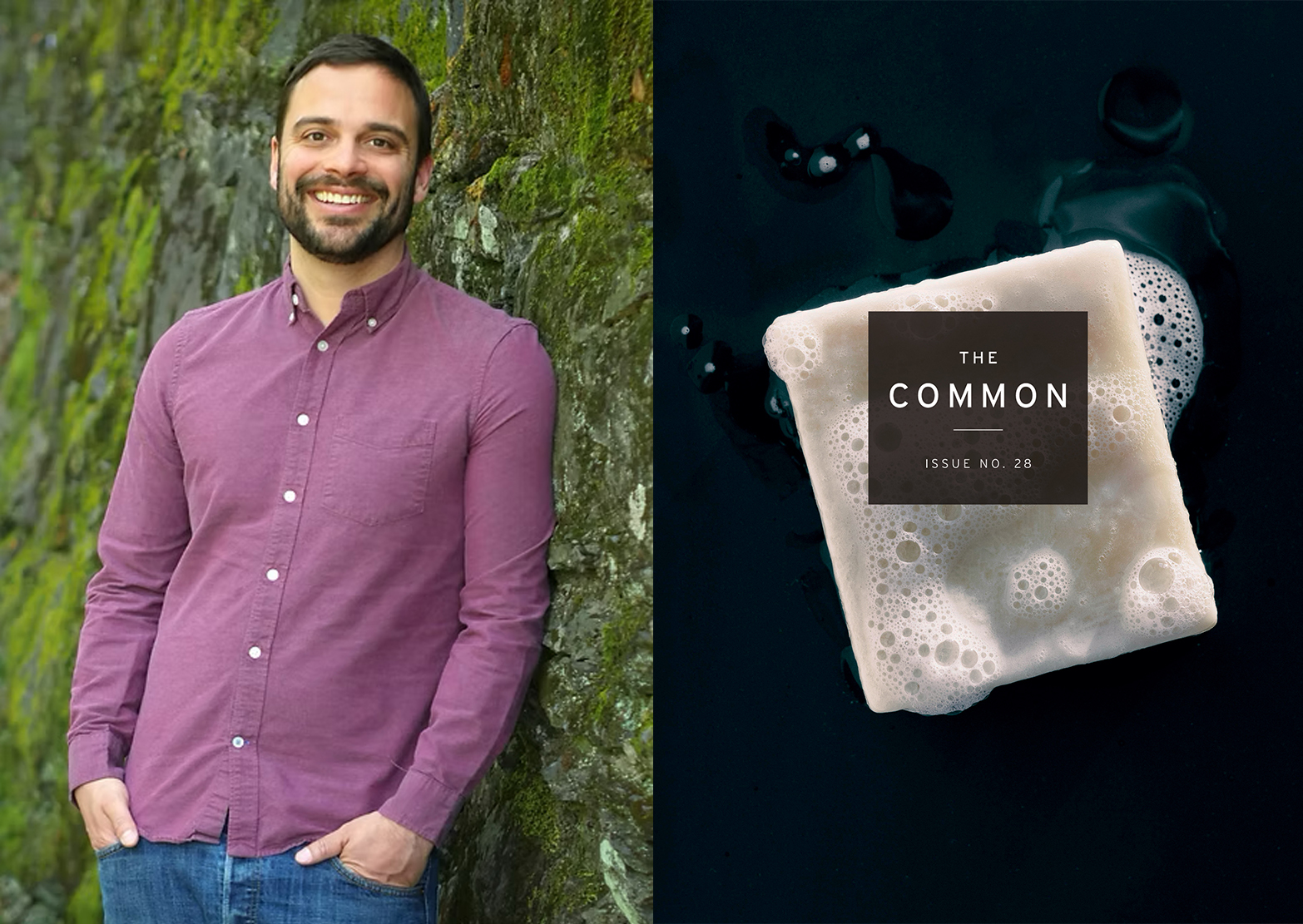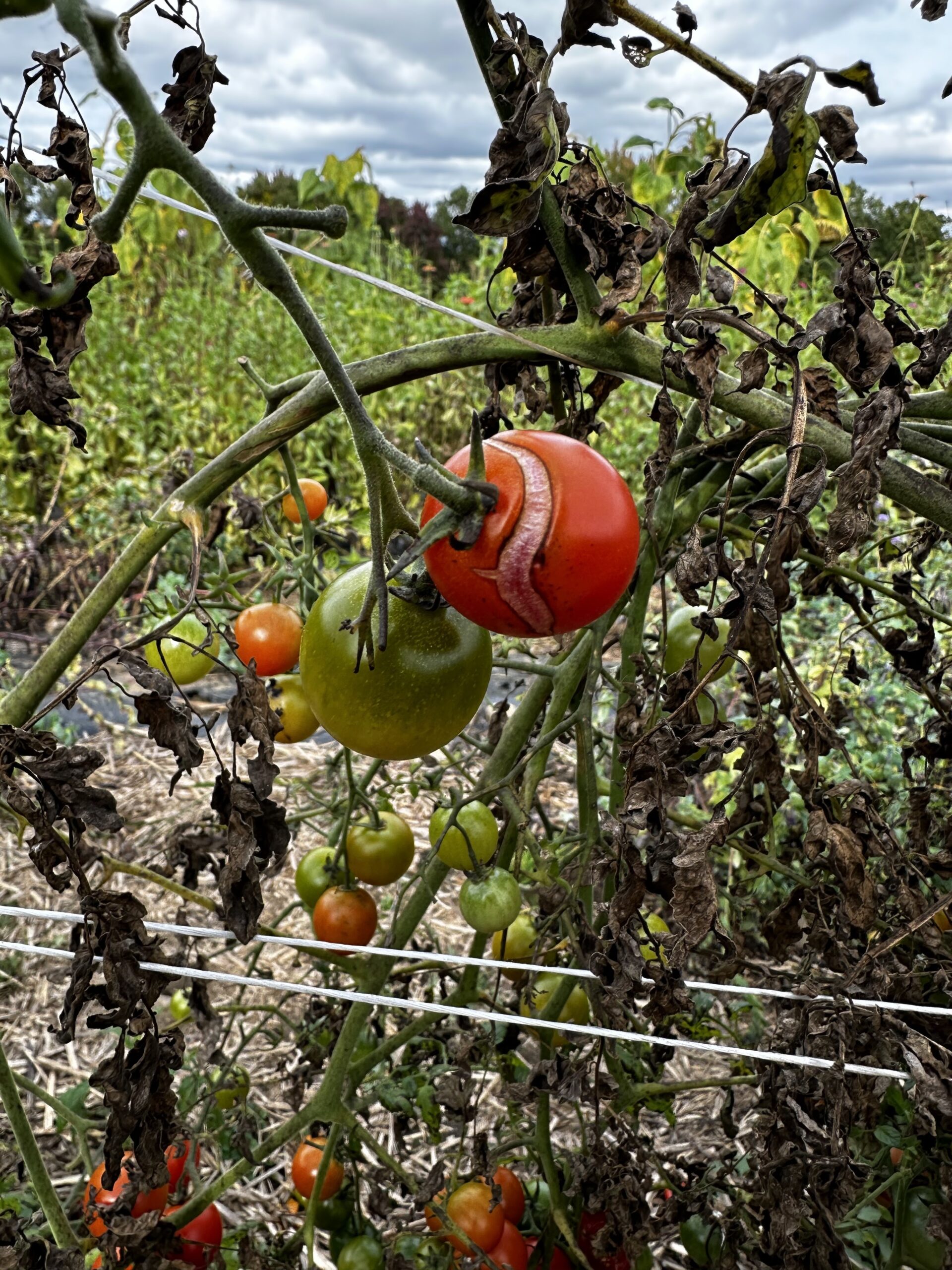The town of Alvo, Nebraska, is like a lot of other small Midwestern towns whose best days are behind it; and those days weren’t exactly eventful to begin with. After decades of population loss there remain four structures in Alvo that a visitor can enter without trespassing: the grain co-op, a Methodist church, a post office, and Mel’s Mini-mart — a converted room in a small house selling canned soup, Hostess snack cakes, and other items with long shelf lives. Across from the post office is a tidy but barren park. If prosaic comforts and tight-knit community are the calling cards of small town life, they aren’t obvious here. With few places to gather and nothing but the cornfields of agribusiness on the horizon, Alvo has only quiet anonymity and rock bottom real estate to offer.
Still, it would be risky to assume too much about residents of Alvo. One of them is my brother, Jeff, who moved there 25 years ago after buying the town’s abandoned high school gymnasium and converting it into a custom home and woodworking shop. The only other bidder on the property wanted to rip up the maple flooring and use the structure to house sheep in the winter. Jeff kept the hardwood floor, along with all the painted markings from the basketball court. It’s safe to say that his is the only house in Alvo with a free throw line in the dining room.

Jeff continues to commute 18 miles to teach high school in the city of Lincoln, and often goes 30 miles in the other direction for the larger metropolitan offerings of Omaha. Inside his Alvo house, guests are greeted by a vast and eclectic music collection, a commendable wine selection, Frank Lloyd Wright-inspired handmade furniture, and custom framed artwork on the walls. Although my brother tends to prefer lithographs and representational subjects, he recently put up a triptych of abstract paintings; three rectangles of broad tempera brush strokes, stacked in thematic colors suggesting perhaps an amateur Mark Rothko. The three paintings still have the desired effect of warming up a large room in a small town that gets very cold in winter.
I asked Jeff where the paintings came from.
“Didn’t I tell you that story?” he said.
It turns out he hadn’t.
Jeff’s gymnasium is a treasure trove of artifacts, curiosities and practical objects awaiting use. The huge square footage at his disposal disguises what otherwise might be considered hoarding, a family predilection. So it wasn’t hard to envision Jeff literally filing the story away and then rediscovering it 20 years later, when he came across the paintings and was forced to recall how they got there. The paintings had always involved a mystery, and it now occurred to my brother that it had never been solved to his satisfaction.
The story goes like this: in the summer of 1992 Jeff went to pick up his mail at the Alvo post office. The postal clerk, a farm wife named Sandy, knew everyone by name, and through daily small talk and perhaps by observing the mail they received she knew something about them, too. At the very least she knew my brother’s life and interests went beyond Alvo, and so she thought he might have an answer for something that had been vexing her, something decidedly non-rural.
Sandy removed a sheet of heavy stock paper from a 24” x 30” envelope and lay it on the counter “What do you think of this?” she asked.
It appeared to be an abstract painting; black and dark red horizontal lines with splashes of gold. Jeff liked it well enough but didn’t understand why she was asking.
“What would you think if someone had sent this to you in the mail?” she continued.
“Depends, I suppose,” he said. “Who sent it?”
“That’s just it. You don’t know who the person is. A complete stranger sends you a painting in the mail. What would you do?”
She brought out more paintings, similar to the first, save for one which inexplicably switched colors to blue and green and perspective from horizontal to vertical. Each painting came out of a different flat, each addressed to a different resident of RR1 Alvo, NE 68304, each bearing the same postmark: Boston MA Cambridge “A” May 1, 1992.
The only thing clear was that someone from the Boston area was sending original abstract artwork to a geographic cluster of Nebraska farmers with no explanation. And the only reason the postal clerk knew about it was because her customers had brought the paintings back to the post office hoping to get answers. She had none. The recipients had found the whole thing troubling.
“What does it mean?” Sandy asked my brother.
He had no idea either.
Over the next few weeks a total of nine Alvo residents came in to return unsolicited abstract paintings they had received through the U.S. Postal Service. None of them wanted to keep the paintings, everyone wanted some kind of explanation, and some demanded accountability. Soon the U.S. Postmaster in Omaha launched an investigation, agreeing with the complainants that the act was invasive if not quite illegal. Using the return postmark, postal inspectors were able to locate the sender in Cambridge, Massachusetts, and ask that he write a letter of apology to the parties he offended.
Sandy showed one of the letters to Jeff. He recalls that the sender and apologist was male, possibly an art student or faculty member at Cambridge University. The artist confessed to sending the paintings and admitted that he had specifically chosen people far removed from the art world as part of an experiment. He did not elaborate as to how he arrived at the residents of Rural Route 1 in Alvo, Nebraska, or how he’d envisioned the endgame of his provocation. Jeff remains hazy on the details and mostly remembers the tone of the letter.
“The postal inspectors got the artist to admit that the sending of unsolicited artwork was wrong.” says Jeff. “The implication was that the mere sending was intrusive and that the the abstract nature of the paintings was additionally disturbing. The flavor was conciliatory and to the point. I got the sense that the person was someone who did not relish in rebellion or in the response he’d gotten with his experiment.”
The artist’s name and address were there for the taking, but it didn’t occur to Jeff to get a copy of the letter—to anticipate the day, perhaps 20 years later, when the oddity he filed away became more curious in hindsight.
Once the apology had been issued the investigation was over, the recipients presumably satisfied. Even if they weren’t, Midwestern pragmatism demanded moving on to more pressing, less abstract concerns.
“If only the paintings had been of something, like a house or an animal, I don’t think people would have been so upset,” Sandy had mused as the episode came to a close. She asked my brother if he’d like any of the paintings for himself, seeing as neither the USPS or any of the original recipients wanted them. Jeff said yes, took some of the oversized envelopes home and filed them away until he stumbled across them last year.
Since then Jeff and I have run through the story multiple times. The two of us grew up in the college town of Lincoln, raised by parents who pursued high culture and encouraged non-linear creativity. Jeff stayed in Nebraska after university, I soon left for California. We are grateful for both the honest simplicity of our prairie homeland and an upbringing that tended to challenge the orthodox. Maybe that’s why this story got under my skin. I have noted my inclination to gently mock the farmers who demanded accountability, but accountability is essentially what my brother and I are seeking, too. It’s easy enough to understand the farmers’ genuine confusion: what the hell is this all about? But is that what the artist was aiming for, to shake some bedrock complacency, illuminate something curious about the human condition?
Was the so-called experiment condescending? Oddly inspired? Successful?
And were we being presumptuous in assuming that 68304 was the only zip code involved?
Only the artist would know. It is reasonable to think that an artist willing to provoke a reaction would want to know more about that reaction, and that a triptychof his work was currently hanging in a converted gymnasium in Alvo, Nebraska. But neither Jeff nor Sandy kept a copy of the letter, and our curiosity hasn’t yet spurred us to enter the bureaucracy of the U.S. Postal Service looking for answers to a minor postal infraction that is 20 years old and hard to put into words.
Jeff wishes he’d gotten the letter of apology back in the day, but maybe it took 20 years of getting older for us to genuinely wonder what the hell that was all about. There’s a lot we file away, hoping to make sense of it later.
“Nine seems like a funny number,” Jeff said to me recently, suggesting there may have been more paintings sent from Boston to Alvo farmers in 1992 that were never reported or returned. For all he knows they could be hanging in any of the houses he drives by each day. He’s careful not to assume too much about his neighbors, as he expects others not to glean too much from his own Alvo address.
Jeff also informs me that Mel’s Min-Mart closed down a few years ago, taking all of Alvo’s retail business with it. The post office, too, has since been shuttered, and Sandy retired to her farmhouse on Highway 63, which I imagine decorated with paintings of animals and other houses. She did maintain her position running Alvo’s election precinct, and Jeff saw her at the village hall during last November’s election. She gave him a big hug. He told her we were reopening the case of the unsolicited abstract art. “Well I declare!” said Sandy, remembering the incident if not the details.
Alvo’s 132 remaining residents hang tough, driving miles for simple amenities, but saving money on the property taxes that towns with public schools have to pay.
It does seem strange, upon continued reflection, that anyone would make a trip to the post office to return something. The vast majority of communications we receive — via traditional and electronic mail — are unsolicited. We didn’t ask for any of it. We ignore or toss the dross, never wondering why complete strangers are trying to slip something into our consciousness. Clearly they are trying to sell us something.
And there’s the rub. Abstract expressionism doesn’t demand an explanation, but a gift from a stranger does. Perhaps what most disturbed the recipients of Alvo was that someone had gone to a lot of trouble but wasn’t asking for something in return. The mystery artist wasn’t trying to sell them anything at all.
Or was he?
We really don’t know. Our only chance is to put the story out in the ether and see if anyone cares to answer. If you have any information, you may contact the author at caseymcc@pacbell.net.
A native of Lincoln, Nebraska, Casey McCabe is currently a freelance writer living in Marin County, California with his wife and two children.



